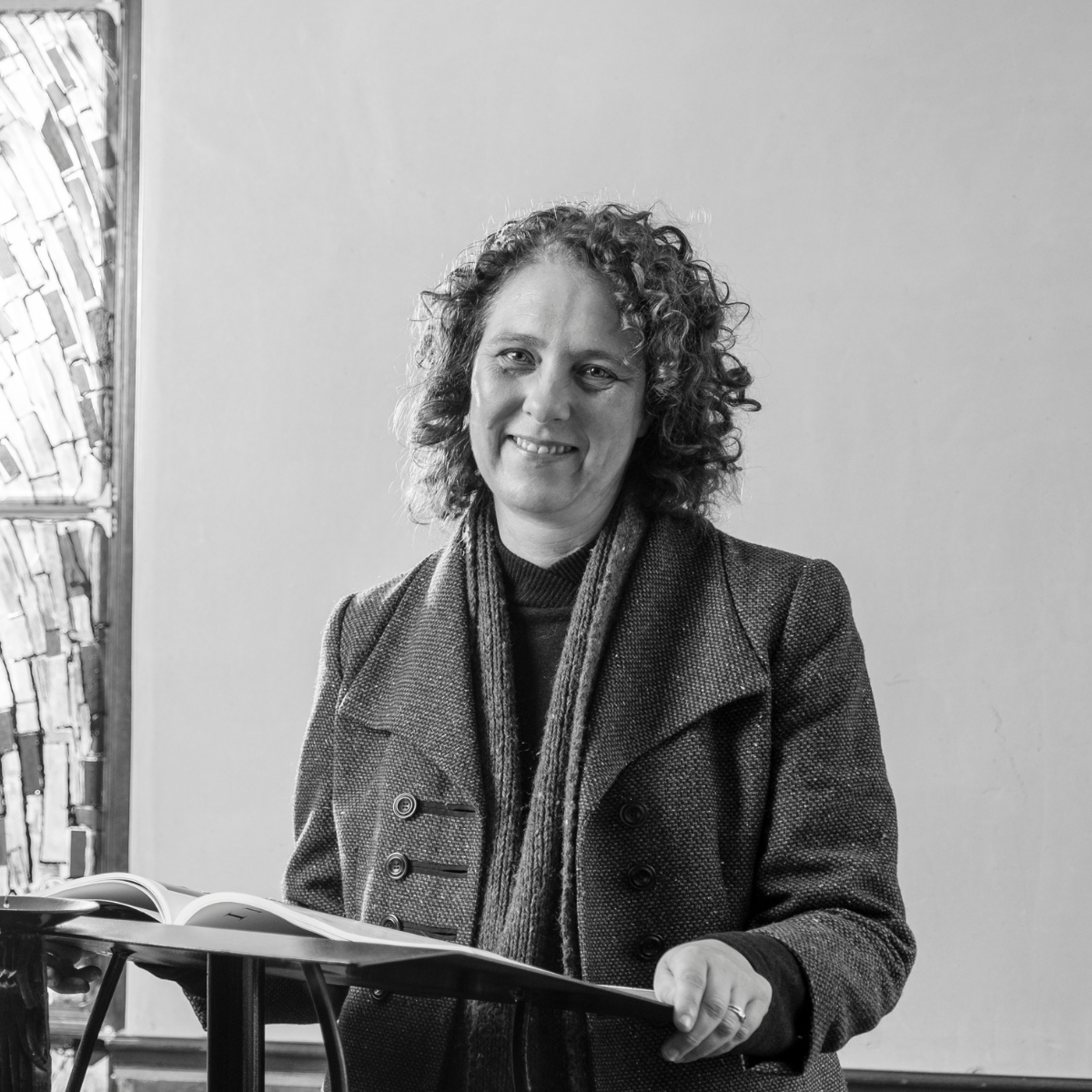Commentary on Isaiah 42:1-9
Louis Stulman and Hyun Chul Paul Kim describe prophetic literature as “meaning-making literature for communities under siege.”1
A prophet like Deutero-Isaiah who speaks to the exiles who are still recovering from the trauma of the Babylonian invasion indeed can be characterized as “a map of hope for disoriented and dislocated people at risk of losing their bearings.”2
So how does a prophet go about talking to people who have been completely traumatized by seeing their city destroyed, their family and friends killed or taken away in shackles to a foreign land and who even feel that God has deserted them? The prophet in Deutero-Isaiah definitely did not have an easy task. But throughout the chapters of Deutero-Isaiah, the prophet is using some very creative imagery to help people think anew as to how to live in the midst of the terrible chaos that unexpectedly broke into their lives. For instance, in Isaiah 40:10-11, God is depicted in one breath as a mighty warrior who will come deliver his people as well as a shepherd who presses the little lamb tightly to his bosom. And further on in Isaiah 42:13-14, the prophet is using yet another unexpected combination of images when the divine warrior image is juxtaposed with the image of God as a woman in labor.
For instance, in the lectionary text for today, Isaiah 42:1-9, we for the first time encounter the image of the (suffering) servant of God that serves as a wonderful example of the meaning-making nature of the prophetic task (see also Isaiah 49:1-13; 50:4-11; 52:13-53:12). In Isaiah 42:3, the servant is described as “a bruised reed” and “a dimly burning wick.” However, because of God’s spirit that works through him, the servant will not be broken or quenched, rather he will faithfully continue his mission, establishing justice on the earth.
The servant offers a profound example of power in the midst of vulnerability. The power that is held up in the servant is a different kind of power though. It is a power that does not scream or shout (verse 2), which offers a sharp contrast with the brutal force executed by the empires of the day. However, the servant in Isaiah 42 that is continued in Isaiah 49 and 50 reaching a nadir in Isaiah 52-53 encapsulates a life-giving power that will have an impact far beyond the narrow confines of Israel. Continuing the radical reversals that mark Deutero-Isaiah, e.g., (1) a highway through the desert in Isaiah 40:3-4; (2) water in the wilderness in Isaiah 44:3-4; (3) the wilderness becoming like Eden in Isaiah 51:3, and (4) fertility where there was barrenness in Isaiah 54:1-3, the servant is said to give sight to the blind, bringing light and life to those who find themselves trapped in dark dungeons (verses 6-7).
The remarkable thing we see in this text is how the people who have been traumatized are called not to do the typical human thing of what has been called “circling the wagons.” Edward Said warns that nationalism quite often tends to be a natural consequence of collective trauma. It would be so easy to find in these texts what Said calls “an exaggerated sense of group solidarity, passionate hostility to outsiders, even those who may in fact be in the same predicament as you” (“Reflections of Exile,” 178). However in Isaiah 42, the prophet offers a vision of the world in which an individual or a group of people in the midst of brokenness, in spite of brokenness, and maybe even because of the brokenness, will be a light to the nations.
For people today who all too often find themselves in a state of chaos and despair, this powerful depiction of the (suffering) servant in Isaiah 42 may speak in the following ways: First, in the midst of those times when chaos is rampant, when we are weighed down by the forces that seek to destroy life as we know it, we need to accept the fact that we often are no more than “bruised reeds” and “dimly burning wicks.” As the songwriter and theologian Leonard Cohen says so beautifully in his song, “Anthem”: “Forget your perfect offering, there is a crack in everything, but that is where the light gets in.” That is where the light comes in. God’s grace and power works exactly there where we are broken, where we are most fragile — a perspective compellingly captured in the New Testament text of 2 Corinthians 4:7-9:
But we have this treasure in clay jars, so that it may be made clear that this extraordinary power belongs to God and does not come from us. We are afflicted in every way, but not crushed; perplexed, but not driven to despair; persecuted, but not forsaken; struck down, but not destroyed.
Second, in the midst of these most difficult times, when we feel helpless and out of control, we learn from the example of the suffering servant that we should seek to cultivate the power that we do have in the midst of our current state of vulnerability. Even in the midst of the most dire of circumstances, we still have the power to make a difference in the lives of the people around us. As we have seen in the case of the suffering servant, this power is a remarkable power — not like the power of the worldly institutions but a power that grows out of compassion, out of being concerned with the needs and concerns of the other. Even if we find ourselves in a completely hopeless situation, we can nurture compassion’s power that means that even in the most disturbing of days, we have the ability to do good things, to look beyond our own problems, and to direct our focus to the other.
Notes:
- Commentary first published on this site on Dec. 14, 2014.
- Louis Stulman and Hyun Chul Paul Kim, You Are My People (Nashville: Abingdon, 2010), 22.


January 12, 2020